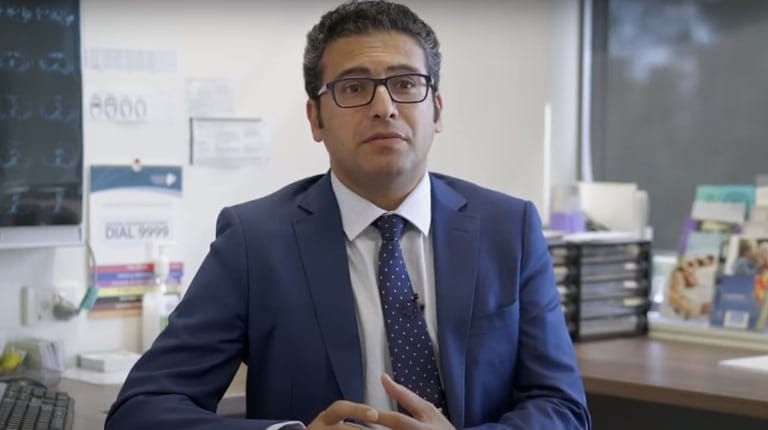Patient story on emphysema treatment and current lifestyle
Julie's Story - Australia
I first discovered I had emphysema around four and a half years ago, experiencing shortness of breath which impacted my quality of life significantly. Every day I struggled with basic housework tasks, even a short walk for groceries became a hassle, followed by dizziness due to lack of oxygen. Working had become more difficult, especially the thought of having to go up and down the stairs.
After the valve procedure I am no longer dreading the thought of having to perform simple tasks such as sweeping the floor or vacuuming the mats. I noticed at work I gradually stopped thinking about going up the staircase. It has definitely improved my quality of life. I have just returned from a holiday in Queensland and walked every inch of the theme parks with my family, I feel 100% better. I would say everything about my life has improved.
My grandchildren are my world and I am given hope that I will be around when my grandchildren get married. Before the procedure I was the type of grandma that would sit on the chair and watch them play, now I am able to physically join in and really be a part of their lives.
Endobronchial valve treatment for emphysema
Emphysema is part of a group of diseases called Chronic Obstructive Pulmonary Disease (COPD) that also includes chronic bronchitis. People with COPD have damage to their lungs, making it difficult for air to get in and out interfering with the lungs' ability to deliver oxygen to vital organs.
In addition to compromised gas exchange, the damage to the alveoli leads to the loss of lung elasticity and results in air getting trapped inside the lungs. This makes the lungs abnormally large, further exacerbating the feeling of breathlessness.
This is why some of the treatments for emphysema are aimed at lung volume reduction, for instance endobronchial valve treatment.

Dr. Tajalli Saghaie, Respiratory Physician
"These valves are one-way devices that let the air out but the next breath is not going to go back into that area, and in time it's going to get rid of the trapped air in that area and make room for the rest of the lung to be more functional. The procedure is basically an endoscopic or bronchoscopic procedure that takes usually about 15 to 20 minutes and no longer than 30 minutes."
- Dr. Tajalli Saghaie, Respiratory Physician






